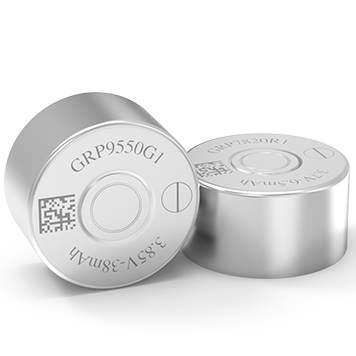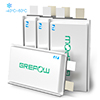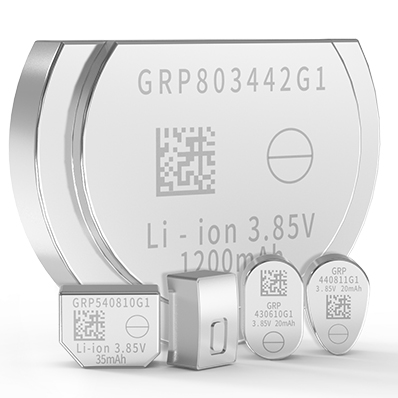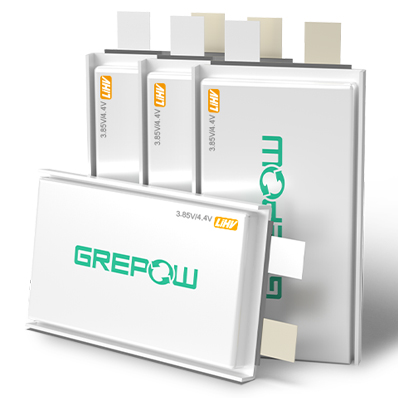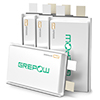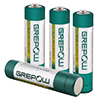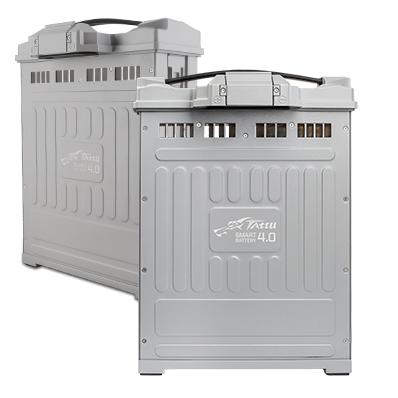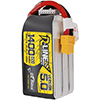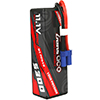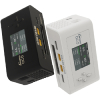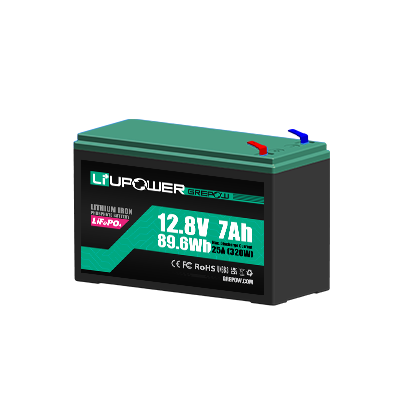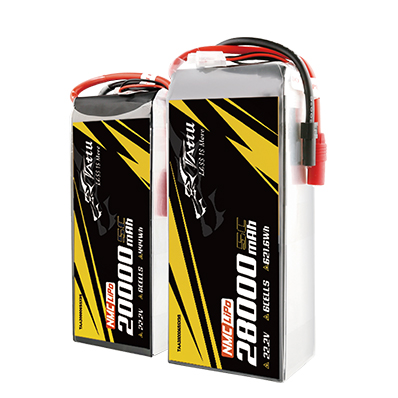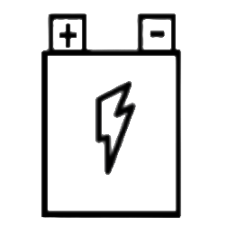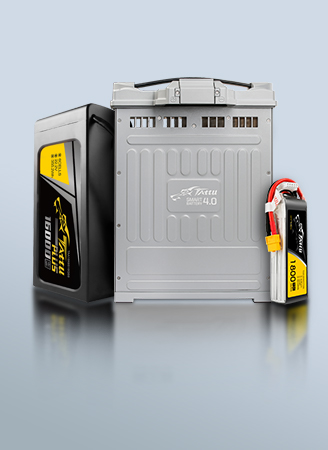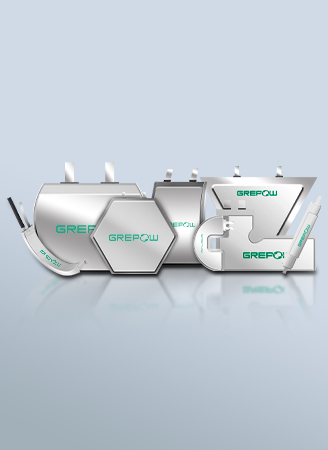What Is a 4s Lipo Battery?
LiPo (Lithium Polymer) batteries are the powerhouse behind countless drones, RC cars, planes, and other high-performance electronics. Among the most popular battery configurations is the 4S LiPo battery, revered for its balance of voltage, power, and versatility. Whether you're a seasoned FPV racer, an RC hobbyist, or a drone enthusiast, understanding the ins and outs of 4S LiPo batteries is essential for performance, safety, and longevity. This article provides an in-depth exploration of 4S LiPo batteries, covering their specifications, usage, safety, and selection criteria to ensure you have the knowledge needed to use them effectively and safely.
What does 4S mean on a LiPo battery?
The "4S" in a 4S LiPo battery refers to the battery's configuration. It indicates that there are four individual lithium polymer cells connected in series. In a series connection, the voltage of each cell adds up, while the capacity remains the same as a single cell. Each LiPo cell has a nominal voltage of about 3.7 volts, so a 4S battery combines these cells to produce a nominal voltage of approximately 14.8 volts (3.7 V×4).
What is the voltage range of a 4S LiPo battery?
Each LiPo cell has a nominal voltage of 3.7 volts. When four of these cells are connected in series, their voltages combine:
●Nominal Voltage: 4×3.7V=14.8V
●Fully Charged Voltage: A fully charged LiPo cell reaches 4.2 volts. Therefore, a fully charged 4S battery is 4×4.2V=16.8V.
●Storage Voltage: For safe storage, it's recommended to keep LiPo cells at a voltage of around 3.7 to 3.85 volts per cell. For a 4S pack, this is approximately 4×3.7V=14.8V to 4×3.85V=15.4V.
●Minimum Safe Discharge Voltage: The absolute minimum voltage for a LiPo cell is typically 3.0 volts. Discharging below this can cause permanent damage. For a 4S battery, this is 4×3.0V=12.0V. However, it is generally recommended to stop discharging when the cells reach 3.3 to 3.5 volts to prolong battery life, which translates to a 4S pack voltage of around 13.2V to 14.0V.
Understanding these voltage ranges is critical for proper charging, discharging, and storage to ensure the health and safety of your battery.
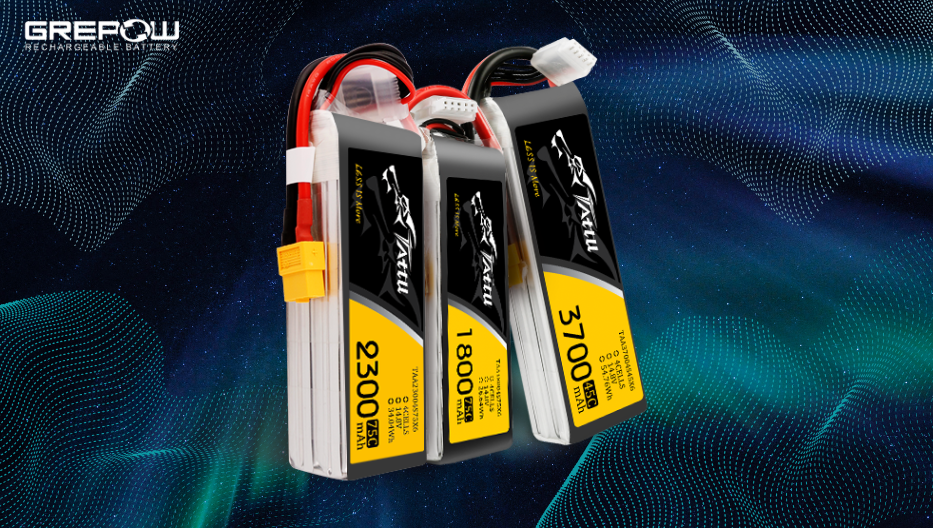
What's the C rating for a 4S LiPo battery?
The C rating of a LiPo battery indicates its continuous discharge rate relative to its capacity. It's a multiplier that tells you how much current the battery can safely deliver. For example, a 4S LiPo battery with a capacity of 5000mAh (5Ah) and a C rating of 50C can theoretically provide a continuous discharge current of 50×5Ah=250A.There is often also a "burst" C rating, which indicates a higher current the battery can provide for a short period.
A higher C rating generally means the battery can deliver more power, which is beneficial for applications requiring high current draw, like FPV drones or high-performance RC cars. Typical 4S LiPo batteries have C ratings ranging from 30C to 100C or more, depending on the model and quality. However, higher C ratings can also sometimes correlate with a shorter lifespan if the battery is constantly pushed to its limits.
How long do 4s LiPo batteries last?
The lifespan of a 4S LiPo battery, in terms of how long it provides power during a single use, depends heavily on its capacity and the current draw of the device it's powering. A higher capacity battery will last longer under the same load than a lower capacity one. Similarly, a device that draws less current will allow the battery to last longer. For a 5000mAh battery:
●At 10A draw: ~30 minutes (5000mAh ÷ 10,000mA = 0.5 hours).
Real-world factors like throttle use and efficiency reduce this.
How many cycles does a 4S LiPo last?
A 4S LiPo battery’s lifespan is measured in charge-discharge cycles, where one cycle is a full charge followed by a discharge. On average, a well-maintained 4S LiPo battery lasts 200–300 cycles before its capacity drops to ~80% of its original value. Factors affecting cycle life include:
●Depth of Discharge: Discharging to 20–30% capacity (3.5–3.6V per cell) extends cycle life compared to full discharges.
●Charging Practices: Using a proper balance charger and avoiding overcharging preserves battery health.
●Storage Conditions: Storing at 3.8V per cell in a cool, dry environment prevents degradation.
●Usage Intensity: High C-rate discharges or overheating can reduce cycle life.
What is the difference between a 3S and a 4S LiPo battery?
Voltage: 3S has 3 cells (nominal ~11.1 V), 4S has 4 cells (nominal ~14.8 V)
●Power: A higher voltage battery can deliver more power (P=V×I). Moving from a 3S to a 4S battery on the same motor will result in higher motor RPMs and thus more power and speed.
●Current draw: To achieve the same power output, a higher voltage battery will draw less current (I=P/V). This can lead to components like the Electronic Speed Controller (ESC) and motor running cooler.
Thus, 4S batteries enable higher performance but may require compatible electronics.
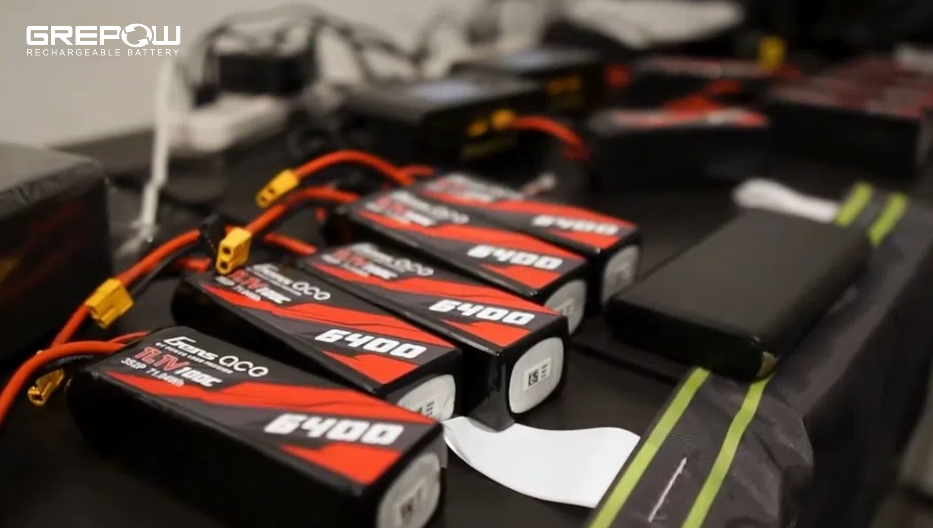
Can I use a 4S battery on a 3S drone or ESC?
Using a 4S battery on a drone or ESC designed for 3S is generally not recommended because:
●Voltage Mismatch: A 4S battery’s 14.8V–16.8V exceeds the 11.1V–12.6V rating of 3S components, potentially damaging motors, ESCs, or flight controllers.
●Overheating: Components may overheat or fail due to excessive voltage.
●Warranty Void: Using an incompatible battery may void warranties.
However, some ESCs and drones are rated for a voltage range (e.g., 3S–4S). Always check the manufacturer’s specifications. If your drone supports both, a 4S battery will provide more power and faster response but may reduce flight time due to higher current draw. Conversely, using a 3S battery on a 4S-rated system is usually safe but will result in reduced performance (lower speed and thrust).
Which is better 4S or 6S LiPo battery?
4S Advantages:
●More affordable and widely compatible.
●Lighter, improving flight time for smaller drones.
●Suitable for most hobbyist applications.
6S Advantages:
●Higher voltage allows motors to spin faster with less current, improving efficiency.
●Better for large or high-performance setups (e.g., cinematic drones, racing).
●Reduced heat generation in high-power systems.
Recommendation
Choose a 4S battery for general-purpose drones or RC vehicles. Opt for a 6S battery if your setup is designed for high voltage and you need maximum performance, provided your motors, ESCs, and other components are 6S-compatible.
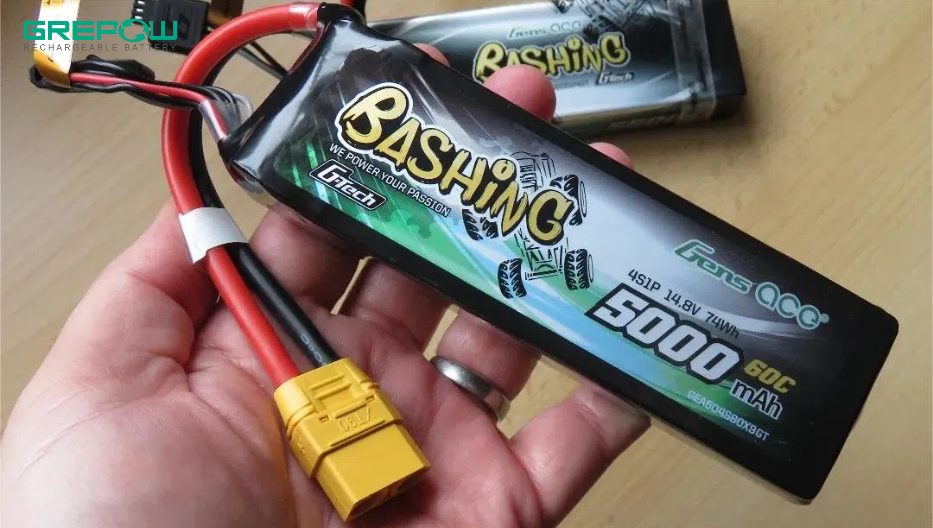
What does 2 4S LiPo mean?
“2 4S LiPo” usually means two separate 4S batteries, which can be used:
●In parallel: Increases capacity (e.g., 2 × 1500mAh = 3000mAh @ 14.8V)
●In series: Increases voltage (e.g., 2 × 14.8V = 29.6V @ same capacity)
●Warning: Mixing batteries with different charge levels or ages can be dangerous.Always ensure proper connectors (e.g., series or parallel adapters) and verify that your device supports the combined voltage or capacity. Incorrect connections can cause damage or safety hazards.
How to charge a 4S LiPo battery?
Charging a 4S LiPo battery requires a LiPo-compatible charger with balance charging capabilities. Use a charger rated for 4S LiPo batteries (up to 16.8V) with a balance port.
●Plug the battery’s main power connector (e.g., XT60, Deans) into the charger’s output.
●Connect the balance lead (a multi-pin connector) to the charger’s balance port.
●Select "LiPo"or "LiPo Balance" mode.
●Set the cell count to 4S.
●Set the charge current to 1C (e.g., 2.2A for a 2200mAh battery) for safe charging.
●Start Charging: Monitor the process and ensure the charger is in a fire-safe area (e.g., on a non-flammable surface or in a LiPo charging bag).
●Stop at Full Charge: The charger will stop automatically when the battery reaches 16.8V.
●Safety Tips: Never leave a charging battery unattended; Use a LiPo-safe charging bag or container to reduce fire risk; Charge in a well-ventilated area away from flammable materials.
How do I balance charge a 4S LiPo battery?
Balance charging is essential for multi-cell LiPo batteries like 4S packs. It ensures that each individual cell within the pack is charged to the same voltage level (4.2V per cell when fully charged). Without balance charging, some cells could become overcharged while others are undercharged, leading to reduced performance, decreased lifespan, and increased safety risks.
A LiPo balance charger performs this function automatically when both the main discharge lead and the balance lead are connected. The charger monitors the voltage of each individual cell via the balance lead and adjusts the charging current to bring all cells to an equal voltage. To balance charge a 4S LiPo battery, simply follow the charging steps outlined above, ensuring both the main lead and the balance lead are connected to a balance-capable LiPo charger. The charger will typically have a "Balance Charge" mode.
How to Choose a 4s lipo battery charger?
Selecting a charger for a 4S LiPo battery involves evaluating the following factors:
●Cell Count: Must support 4S.
●Wattage: ≥ Charger voltage × current. Example: 16.8V × 5A = 84W.
●Balance Charging: A balance port and balance charging capability are essential for multi-cell LiPos.
●Display and Interface: A clear LCD screen and user-friendly interface help monitor cell voltages and charging status.
●Safety Features: Look for chargers with built-in safety features such as overcharge protection, over-discharge protection, short circuit protection, reverse polarity protection, and temperature monitoring.
●Power Source: Consider whether you need an AC-powered charger (plugs into a wall outlet) or a DC-powered charger (requires a separate power supply, often used for charging at the field from a car battery).
How low can I safely discharge a 4S LiPo battery?
To maintain the health of a 4S LiPo battery, avoid discharging below 3.2V per cell (12.8V total for a 4S battery). Key guidelines:
●Safe Discharge Limit: Stop discharging at 3.5–3.6V per cell (14.0–14.4V for 4S) to preserve cycle life. This corresponds to ~20–30% remaining capacity.
●Danger Zone: Discharging below 3.0V per cell (12.0V for 4S) can cause irreversible damage, reducing capacity or making the battery unusable.
●Low-Voltage Cutoff (LVC): Most ESCs and flight controllers have LVC settings to stop power draw at a safe voltage (e.g., 3.5V per cell). Always configure LVC appropriately.
●Tip: Use a battery voltage checker or telemetry system to monitor voltage during use and avoid over-discharging. Always follow the manufacturer's product specifications and use guide.
How to safely store 4S LiPo batteries?
Proper storage is crucial for maintaining the health and safety of your 4S LiPo batteries when they are not in use for an extended period (more than a few days).
●Store at storage voltage, about 3.7-3.85 V per cell (14.8-15.4 V total for 4S)
●Keep in a cool, dry place away from heat sources
●Avoid storing fully charged or fully discharged for long periods
●Use a fireproof LiPo storage bag or container for safety
●Check and recharge to storage voltage every few weeks if stored long-term.
How do I choose the right 4S LiPo battery?
Selecting the right 4S LiPo battery depends on your device, performance needs, and budget. Consider these factors:
●Capacity (mAh): Higher capacity means longer run time but more weight
●C rating: Match or exceed your device’s current demands
●Connectors: Match your device (e.g., XT30, XT60, Deans (T-Plug), EC3 or EC5, etc.)
●Physical size and weight: Must fit your device and not add excessive weight
●Brand reputation and quality: Choose batteries from trusted manufacturers to ensure safety and longevity
●Intended use: Racing drones require high C rating and lightweight; other uses may prioritize capacity
Conclusion
The 4S LiPo battery strikes the perfect balance between power, weight, and compatibility, making it a favorite in the RC and drone communities. Whether you're racing, freestyling, or cruising through the skies, understanding how to use and care for your 4S battery is crucial for safety, performance, and longevity. As a global leading lipo battery manufacturer, Grepow offers professional standard and customizable 4S FPV battery, RC battery and drone battery solutions to meet the needs of all knids of consumer and industrial applications. If you have any questions or needs, please feel free to contact us at info@grepow.com.
Related Articles
-
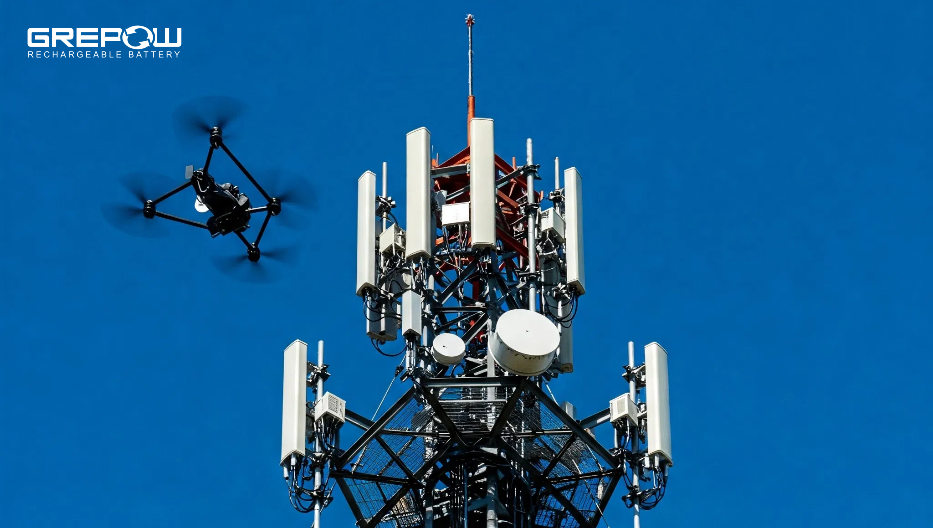
What Is an Inspection Drone?
2025-04-21 -
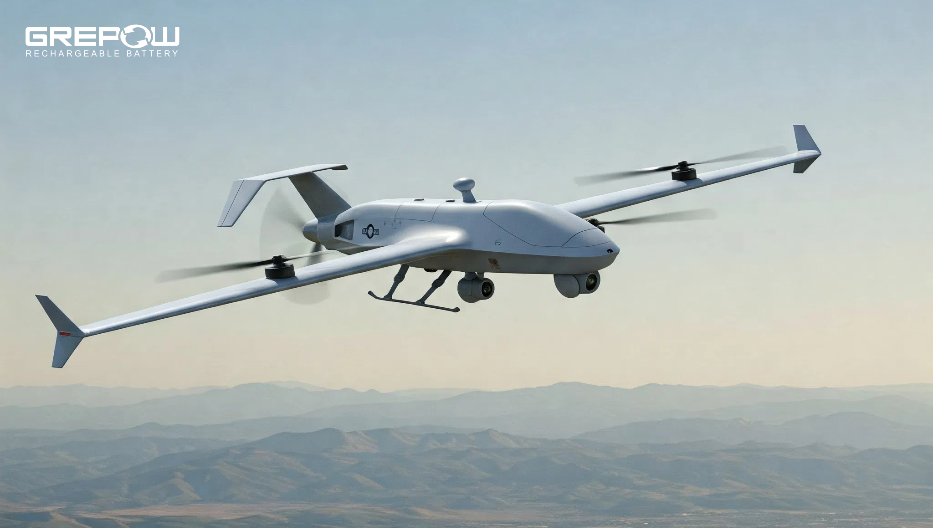
What Is a Long Endurance Drone?
2025-04-16 -

Empowering Drone Training with Grepow’s Tailored Battery Solutions
2025-04-15
Related products
-
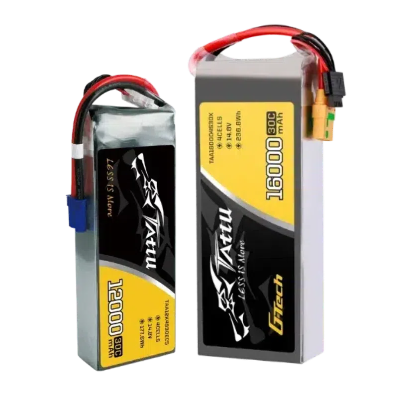
Tattu 4S LiPo Drone Battery Series
-
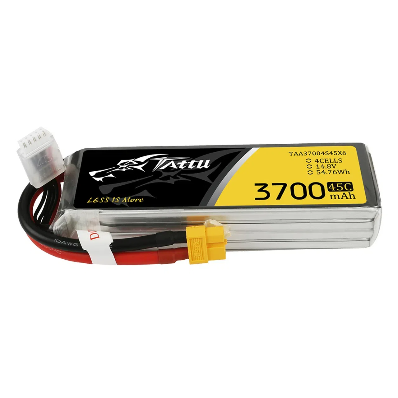
Tattu G-Tech 4S 3700mAh 14.8V 45C Lipo Drone Battery
-
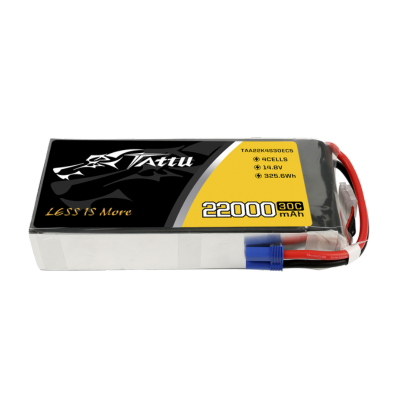
Tattu 4S 22000mAh 14.8V 30C Lipo Drone Battery




